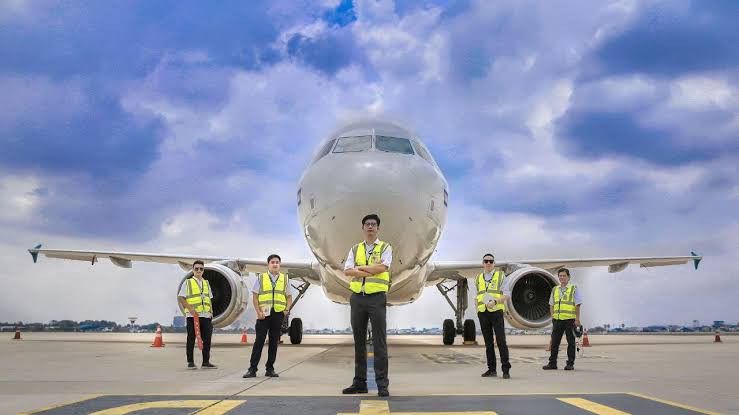
Aircraft Maintenance Engineering – EASA Part-66 Cat B2 (Avionics)

Aircraft Maintenance Engineering – EASA Part-66 Cat B2 (Avionics)
The Aircraft Maintenance Engineering – EASA Part-66 Cat B2 (Avionics) pathway, offered through our exclusive partnerships with EASA Part-147 approved training organizations and Part-145 maintenance organizations, is designed for students who want to build a career in aircraft avionics. The Cat B2 license focuses on the maintenance and troubleshooting of electrical, electronic, communication, navigation, and automatic flight control systems.
Students gain a strong foundation in both theory and practice, covering the essential knowledge required to work on modern avionics systems in turbine-powered aircraft. Through our partner institutions, the program aligns fully with EASA Part-66 licensing requirements, preparing graduates for international aviation careers.
Why Do You Need This?
Expertise in Modern Systems
As modern aircraft become increasingly reliant on electronics, this specialization gives you expertise in high-demand systems, from flight management to autopilot technology.
Hands-on Practical Experience
The course provides access to modern avionics labs and simulators, ensuring you gain the essential hands-on skills required for troubleshooting and repair.
Global Career Opportunities
The EASA Cat B2 license is recognized and valued by airlines and MROs around the world, opening doors to a wide range of international job opportunities.
Career Opportunity
Licensed Avionics Engineer (B2)
A certified professional who specializes in the maintenance, repair, and certification of aircraft electrical and instrument systems.
Avionics Specialist:
Works as an expert on specific aircraft systems, such as navigation, radar, or flight control, within airlines or MROs.
High-Demand Global Roles:
Holds a globally sought-after qualification, enabling you to secure various roles in the rapidly growing field of aviation electronics.

Frequently Asked Questions
What’s the difference between B1.1 and B2?
The B1.1 license focuses on mechanical and engine systems, while the B2 license specializes in avionics, which includes electrical and instrument systems.
Is this course primarily theoretical?
No, the course has a strong practical focus, including extensive hands-on training in labs and mandatory OJT to ensure you gain real-world skills.
How long does it take to get the full license?
The full process typically takes 2 years for the theoretical and practical training, plus an additional 1 to 2 years of OJT to complete the requirements for the full license.
Requirements Criteria
Minimum age: At least 17 years
O Level / A Level Certificate or Equivalent
English Proficiency: Basic reading, writing, listening, and comprehension skills required.
-
Phase 1: Theoretical Training (Approx. 2,400 Hours)
Delivered through our EASA Part-147 approved partners, this phase covers all mandatory modules for Cat B2, including Electrical Fundamentals, Digital Techniques, Instrumentation, Maintenance Practices, Human Factors, and Aviation Legislation. Students sit for module exams as required under EASA standards. -
Phase 2: On-the-Job Training (2 Years)
Students can request placement with our EASA Part-145 approved partner organizations, where they gain two years of supervised experience in live maintenance environments such as airports, hangars, and MRO facilities. This training develops hands-on skills in fault-finding, inspection, repair, and documentation of aircraft avionics systems. The OJT component is arranged separately and subject to additional charges. -
Pathway to EASA Licensing
By completing Phase 1 (Theoretical Training) and Phase 2 (On-the-Job Training) through our partner network, students become eligible to apply for the EASA Part-66 Cat B1.1 license, opening doors to global career opportunities in airlines, MROs, and aviation authorities. -
Important Note:
This course package includes only the 2,400-hour theoretical training (Phase 1). The 2-year On-the-Job Training (Phase 2) is optional and can be arranged upon request through our EASA Part-145 partners for an additional fee.
Ready to Enroll in Aircraft Maintenance Engineering – EASA Part-66 Cat B2 (Avionics)?
Click the button below to start your enrollment process and take the first step towards enhancing your skills!



